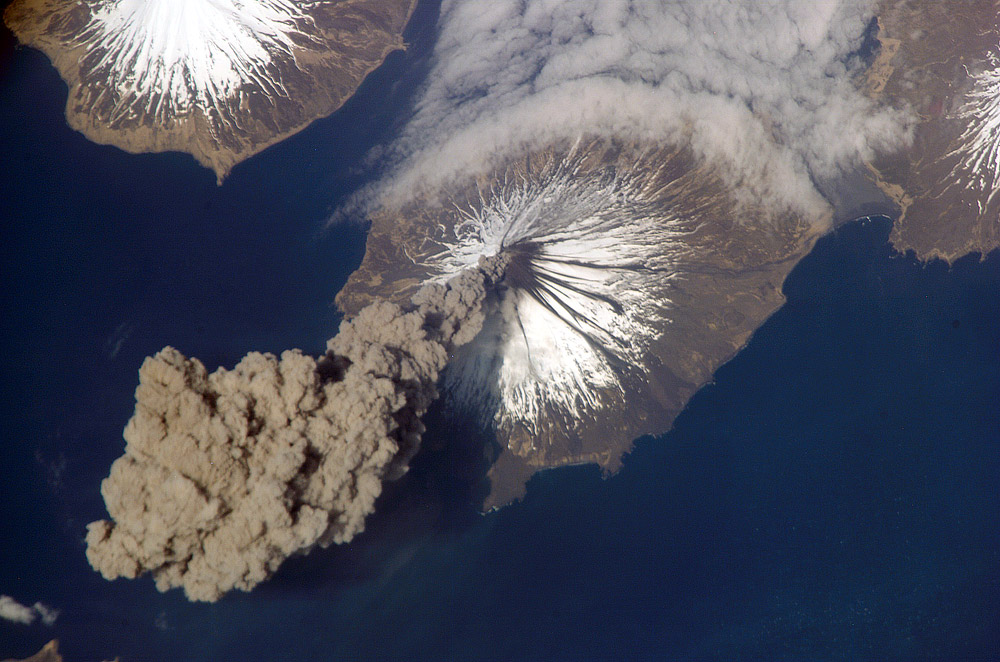
On 24 June 1982, the aviation community and much of the world learned of the drama involving a British Airways B747 aircraft which lost power on all four engines while flying at 11 300 m (37 000 ft) from Kuala Lumpur, Malaysia to Perth, Australia. During the ensuing sixteen minutes, the aircraft descended without power from 11 300 m to 3 650 m (37 000 ft to 12 000 ft), at which point the pilot was able to restart three of the engines and make a successful emergency landing at Jakarta, Indonesia.
Three weeks later when another aircraft, a B747 of Singapore Airways bound for Melbourne, Australia, reported a similar incident. This time power was lost on two engines and the aircraft also diverted successfully to Jakarta. The investigation of these two cases showed clearly that the engines on the aircraft had all stalled due to ingestion of volcanic ash and that a restart had only been achieved because the aircraft, in descending without power, happened to fly out of the high-level volcanic ash cloud into clear air.
The seriousness of these two incidents was not lost on the aviation community. While it was known that aircraft had encountered difficulties in the past when inadvertently flying through volcanic ash cloud, these incidents had generally been restricted to the sand-blasting effect of the ash on cockpit windows and to blocked pitot-static tubes. It was now perfectly clear to all that such ash clouds had the potential to cause a major aircraft accident.
To meet this newly recognized threat, ICAO in cooperation with WMO and other partners developed a set of guidelines and procedures to assist States in the dissemination of information on volcanic ash to pilots and the development of contingency arrangements for the diversion of aircraft around affected areas. This effort evolved into what is today known as the International Airways Volcano Watch (IAVW).
Picture: NASA, Mission: ISS013, Cleveland Volcano Eruption